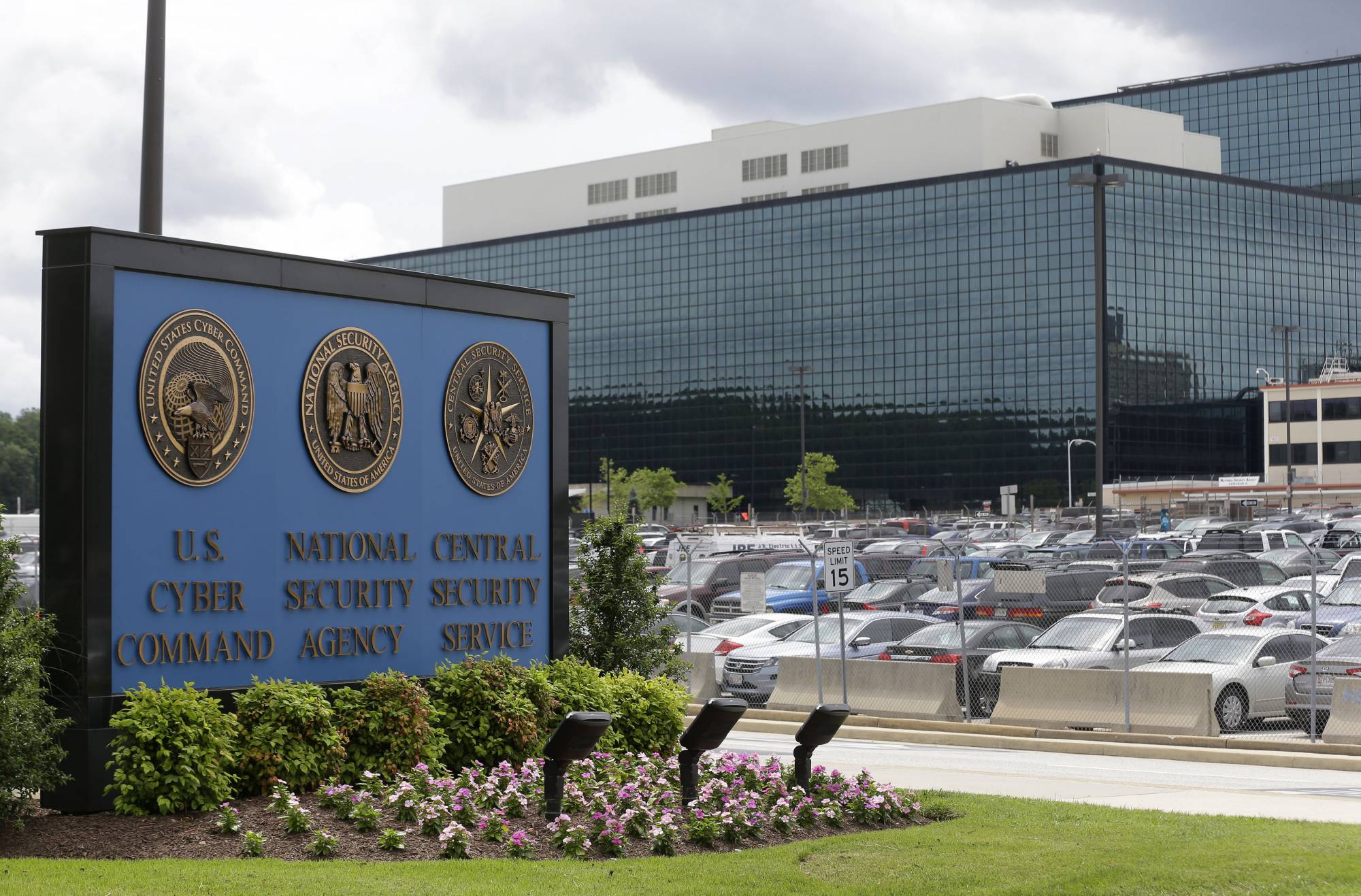The National Security Agency, amid an unprecedented hiring push, is considering options for hybrid work and other flexibilities previously unimaginable at the highly secretive agency.
NSA Director Gen. Paul Nakasone described how the organization is in the middle of “perhaps the largest growth in our agency’s history” during an appearance at the Center for Strategic and International Studies today. The NSA announced earlier this year that it has openings for more than 3,000 new employees.
Nakasone described the hiring surge as necessary to begin replacing an aging workforce at the signals intelligence agency.
“We’re going to hire probably half of our civilian workforce over the next five years, because there was a tremendous demographic change with folks that had been hired in the late ’80s that had worked at our agency now becoming retirement eligible,” he said.
As the NSA looks to bring in the next-generation of talent, Nakasone said it’s not just about new hires, but also seeing whether people who had previously left NSA would be willing to come back.
The agency has launched a “Future Ready Workforce” initiative to consider ways the NSA could address the typically complex and lengthy process for getting hired into the intelligence community, as well as considering more flexibilities for agency employees.
“It’s looking at such things as how do we onboard our personnel better?” Nakasone said. “How do we take a look at wellbeing? How do we do hybrid work? This idea of perhaps, some of what we do doesn’t always have to be done in a [Sensitive Compartmented Information Facility]. And then how do we take a look at our leadership development?”
Nakasone’s comments come as officials across the intelligence community consider ways to recruit and retain a next-generation workforce in a highly competitive labor market. The 2023 National Intelligence Strategy released this week names recruiting, developing and retaining a “talented and diverse workforce” as a top goal.
Director of National Intelligence Avril Haines has previously touted telework and other ways intel agencies could make workplaces “more flexible and appealing.” And during the pandemic, the National Geospatial-Intelligence Agency emerged as a leader in the intelligence community for offering telework.
Nakasone is set to be replaced by Air Force Lt. Gen. Timothy Haugh as soon as Sen. Tommy Tuberville (R-Ala.) lifts his hold on all military nominations due to his disagreement with the Pentagon’s abortion policies.
But the outgoing director said he thinks about workforce issues “all the time,” and acknowledged retention remains a major challenge for the NSA.
“We are thought about as an agency that has tremendous technology — the fastest computers, incredible ways upon which we make code and break code,” he said. “But the true secret of what we do comes back to our people. It’s our talent. It’s our talent that thinks through the most challenging issues and being able to address solutions for the future.”
Meanwhile, Nakasone also described how generative artificial intelligence models will have a role at the NSA.
“We’ve used artificial intelligence and machine learning at our agency for many, many years,” Nakasone said. “But the generative models that have come, the large language models, provides us a great opportunity, not only in the signals intelligence side, but also the cybersecurity side. How do we think differently about looking at a number of disparate data and being able to address them in a manner that continues to keep a human in the loop that provides a safe and secure networks?”
The NSA is developing an AI roadmap to sketch out its path forward with the technology, and Nakasone said the agency is considering ways to work with AI companies.
“How do we engage with a series of different key private sector companies to ensure that they understand first of all, what we need, but also the idea that they’re targets and ensuring that they understand that being able to protect their intellectual property is critically important in the environment that we live in today,” Nakasone said.
Copyright
© 2024 Federal News Network. All rights reserved. This website is not intended for users located within the European Economic Area.





